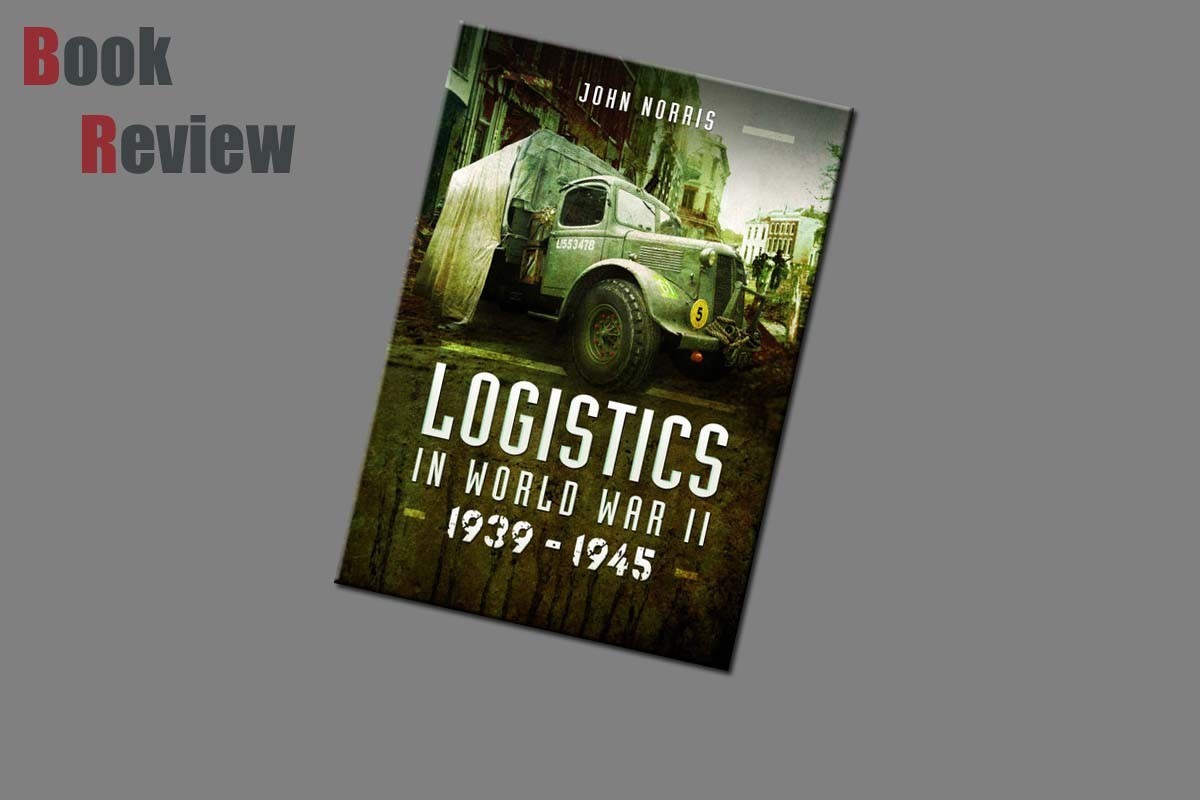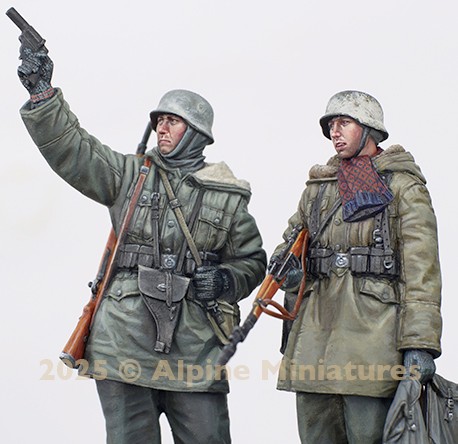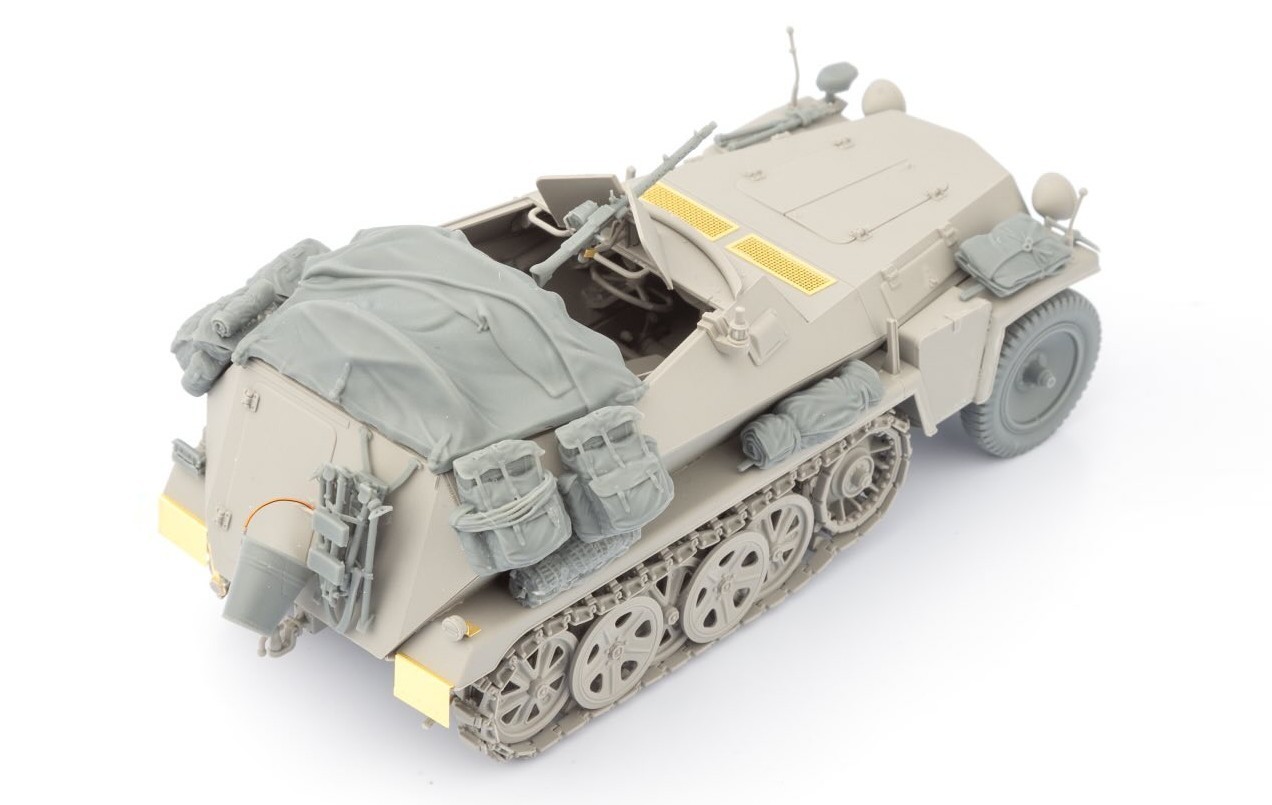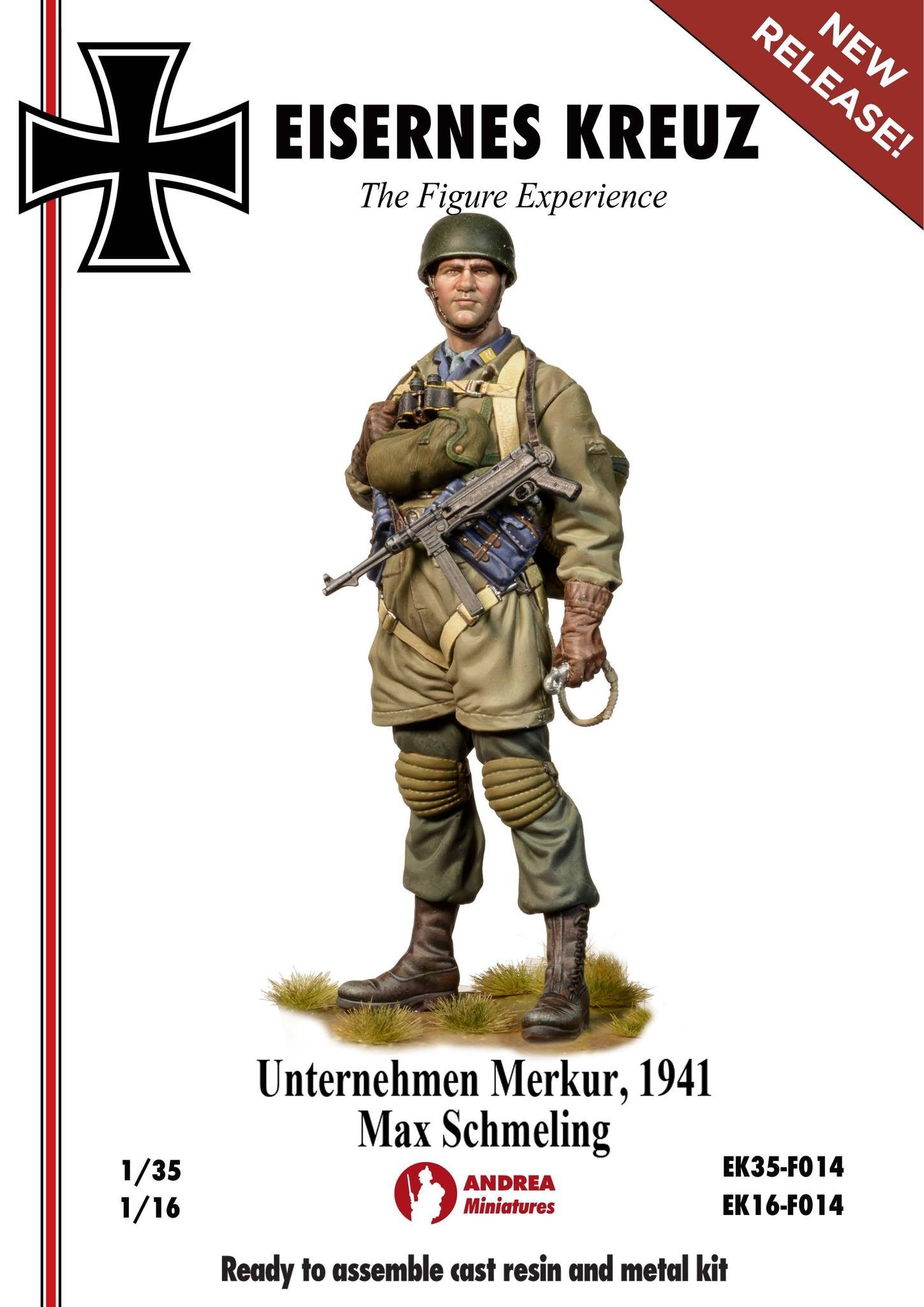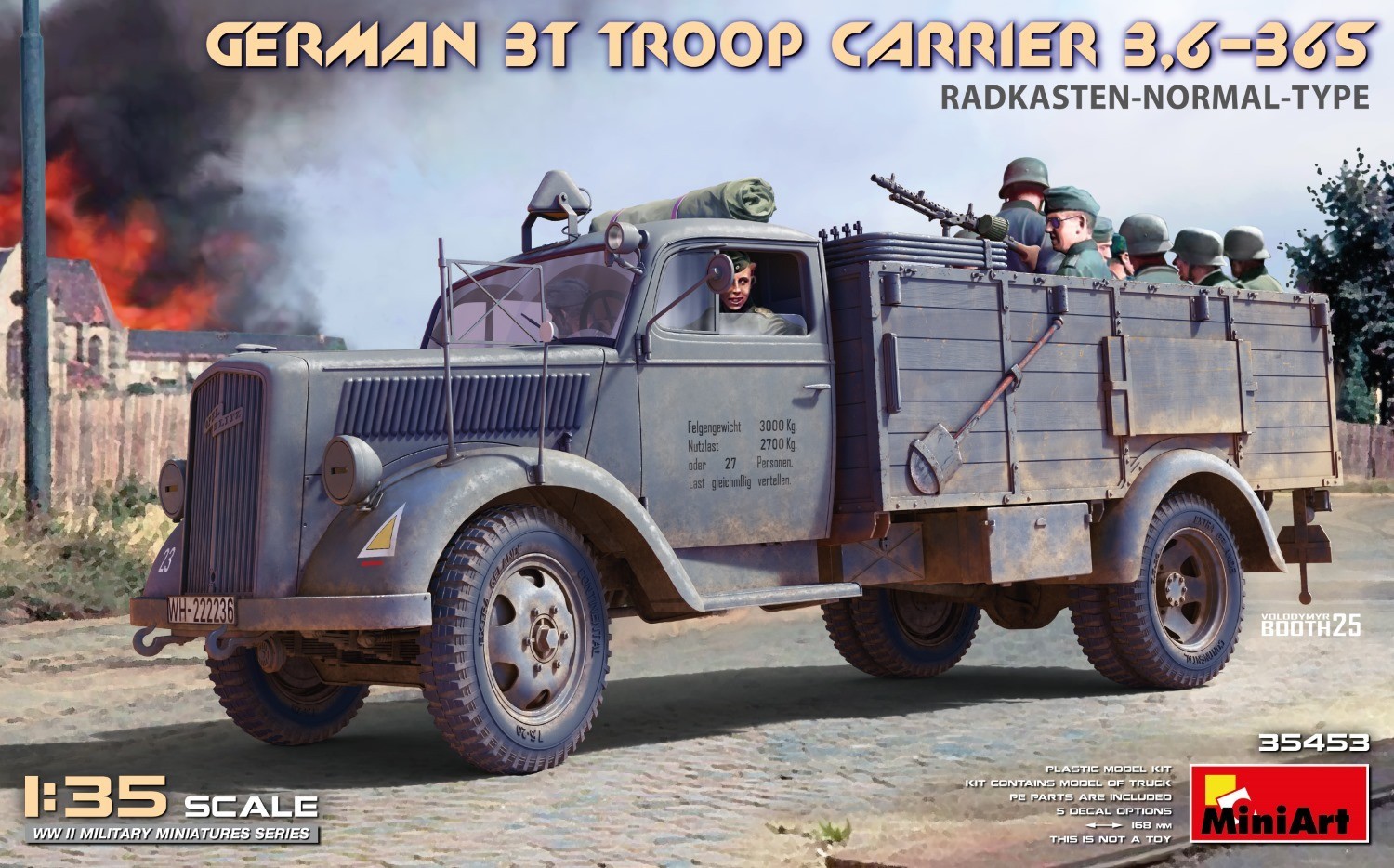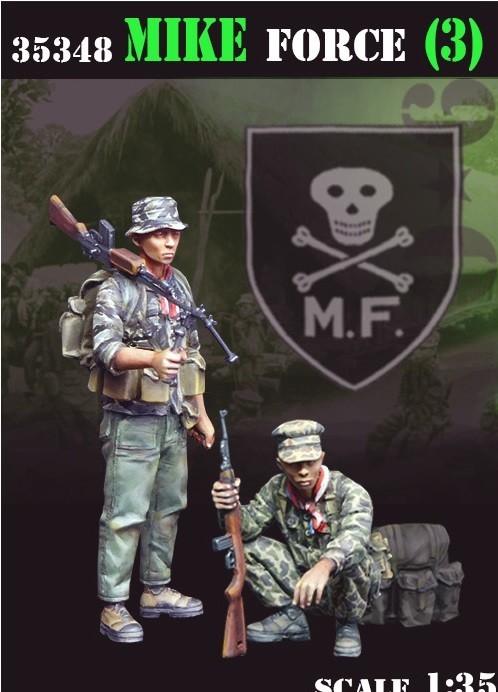Introduction
The following introduction is as supplied by Pen and Sword:
John Norris shows how logistics, though less glamorous than details of the fighting itself, played a decisive role in the outcome of every campaign and battle of World War Two. The author marshals some astounding facts and figures to convey the sheer scale of the task all belligerents faced to equip vast forces and supply them in the field. He also draws on first-hand accounts to illustrate what this meant for the men and women in the logistics chain and those depending on it at the sharp end. Many of the vehicles, from supply trucks to pack mules, and other relevant hardware are discussed and illustrated with numerous photographs. This first volume of two looks at the early years of the war, so we see, for example, how Hitler's panzer divisions were kept rolling in the Blitzkrieg (a German division in 1940 still had around 5000 horses, requiring hundreds of tonnes of fodder)and the British army's disastrous loss of equipment at Dunkirk. This is a fascinating and valuable study of a neglected aspect of World War Two.
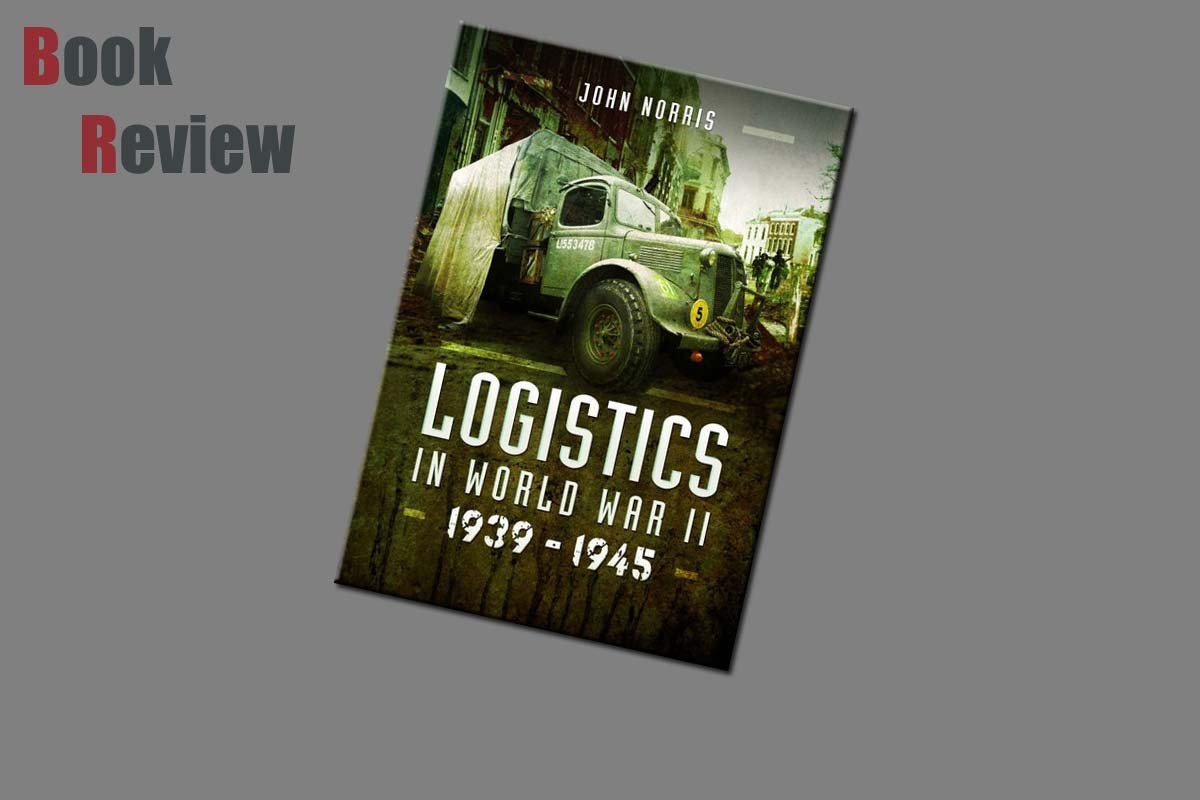
Review
This offering from Pen and Sword titled “Logistics in World War II 1939 - 1945” is authored by John Norris. This is a hard backed book with glued pages. This offering consists of 439 pages of a good quality gloss paper that does a very good job of presenting the images. This is quite a read and not one of those 5 minute reads. The contents of this offering are presented as follows:
A new kind of warfare
The storm breaks - The Allies face Blitzkrieg
The war at sea
Oil and the jerrycan
Reforming the armies and the rearmament programme
Germany takes stock1940
After Dunkirk and Britain on its own
The war widens and towards lend lease
1941 A turning point
The war widens - The campaigns of 1942
1943 More lessons learnt
The campaigns of 1944
Vehicles and guns
Italy 1943
Kettenkrad and Kubelwagen
German use of foreign manpower
D-Day
Market Garden
Island hopping in the Pacific
1945 and the end approaches
Burma
Iwo Jima and Okinawa
When we think of logistics we are thinking food and water generally, when the logistics relate to armies and theatres of war its a whole new ball game. Your role is to get men, equipment and supplies to a set point by a set time. Depending on the theatre of war plans may have to be made to get suitable food to the front rather than putting chocolate bars in ration packs intended for Iraq; all those working in the NAAFI during the first Gulf War know what I am on about.
So the men are there and they are fed and watered, you now need to get the weapons of war there and the fuel and water they need. Now add to that the ammunition, spares and additional consumables and you start to get an idea of how important logistics are. This offering looks at the issues encountered in WW2 by forces on all fronts and sides. It looks at how the Germans had it relatively easy to supply troops in Europe via the rail system, but then look at the issues they suffered in North Africa.
Britain is said to have stood alone after the fall of France, but that is ignoring the Commonwealth, the Empire the British had at the start of WW2 came to the aid of the mother country. The issue is the Commonwealth is around the globe and relies on sea routes that had to run the gauntlet of the U-boat fleet. If it had not been for a lot of planning a quite a bit of luck WW2 could easily have gone the other way.
This title looks at the issues encountered and the measures taken to overcome those issues or at least mitigate them. It provides you with an idea of the number of men and woman who struggled often forgotten to make sure A got to Z at the right time when it was needed. This title is not about the bangs and battles, it is about how the bangs and the battles where enabled to with the supplies needed.
Conclusion
This offering from Pen and Sword and authored by John Norris takes a hard look at the issues faced by all sides and how those issues were overcome or they effected the outcomes. A surprisingly informative and interesting read covering an aspect of conflict rarely considered and under appreciated until it all goes wrong. A great read for anyone with an interest in World War and covering possible reasons for certain outcomes.











